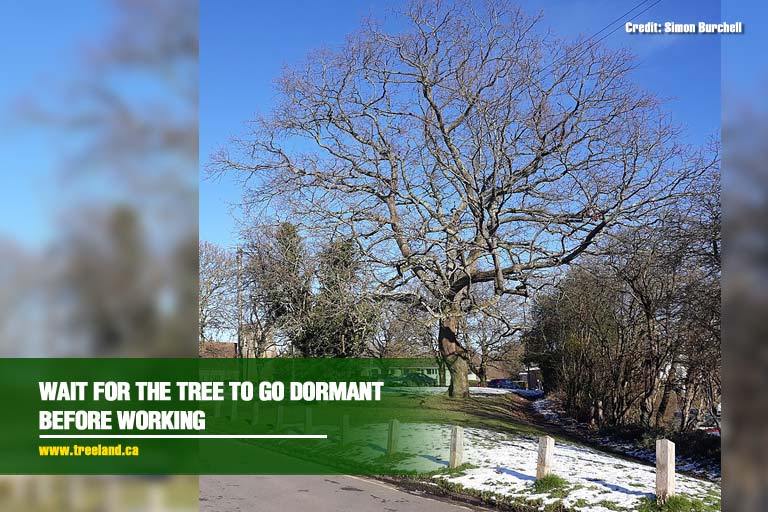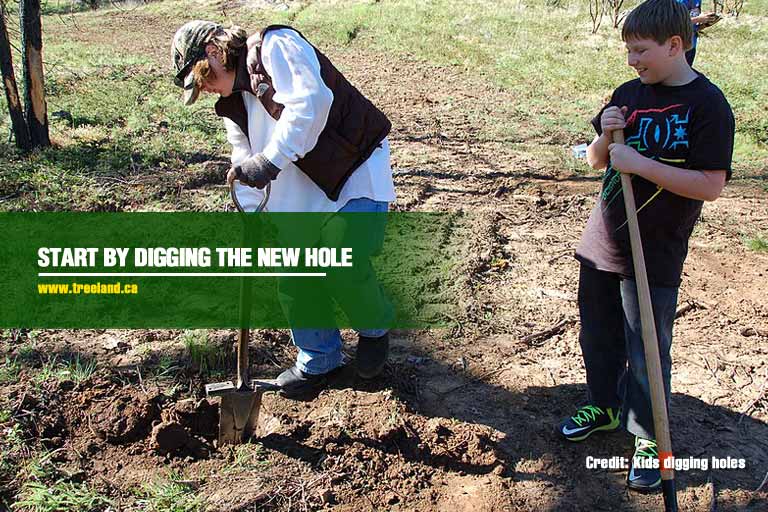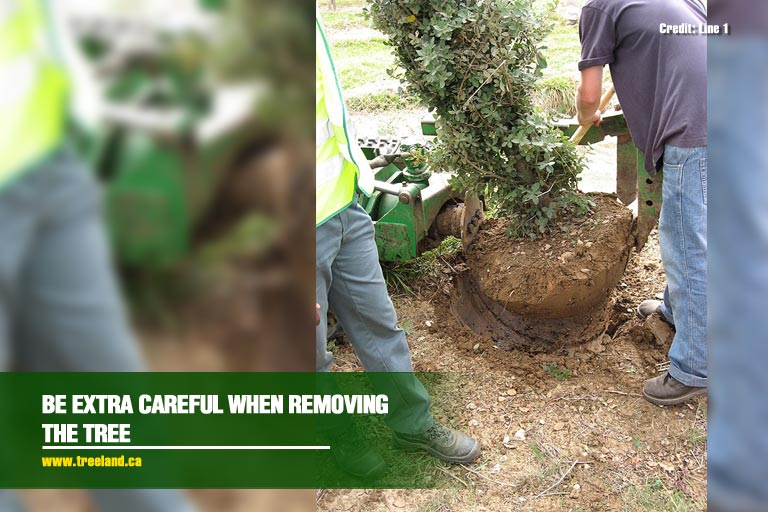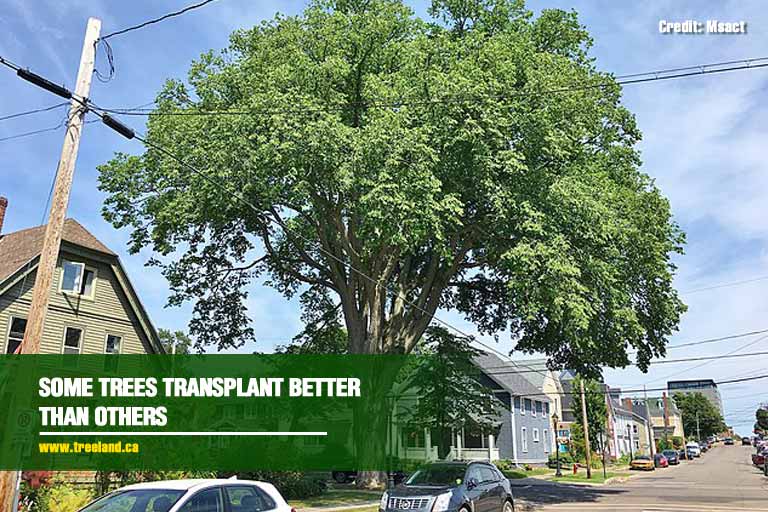
For most homeowners, a tree is a big investment. Trees provide plenty of benefits that can enhance your quality of life at home; for example, trees offer a sense of privacy, beautify your garden, and can block noise, making them a great addition for your home. Trees also add considerable curb appeal to your home; if you’re ever in the market to sell the property, a tree can do a lot to bring the price up.
However, sometimes, the placement of your tree can present problems. Perhaps it’s in a location where it can’t get enough light or water, or it’s blocking new construction projects. In those cases, your first instinct might be to cut the tree down. However, transplanting the tree is an option, if the tree is still relatively young. Moving the tree to another location can be a great way to keep your tree and move it somewhere it won’t be a problem.
Transplanting a tree is doable, with the right care and attention. It’s vital you take the right steps to ensure that the tree is moved safely to keep it healthy during and after moving. Follow these steps to help make transplanting your tree a success.
- Assemble the right tools – There are a few tools you’ll need to help out with the task of moving your trees. Bring along a sturdy shovel or spade heavy enough to slice cleanly through roots. Get a plastic tarp or a piece of burlap; you’ll need those to wrap the tree’s roots later. Find some tape measure to help measure the tree’s diameter. That information can pay off when you get to pruning the roots. For the rehabilitation stage, get some mulch and tree stakes to help support your tree after it’s been moved.
- Prune the roots – Before transplanting the tree, it’s necessary to prune the roots several months before moving it. Like pruning a tree’s branches, in this case, your tree’s roots need pruning to give it a hand. A tree’s largest roots don’t extend very far or absorb much water. That job is up to smaller feeder roots that reach deep into the ground. Pruning stimulates the formation of new feeder roots that can help support the tree after being moved. These new roots also help the tree adjust to the soil in its new location. When pruning, start a few months early (e.g. if you move the tree in spring, prune the roots the previous fall).
- Choose a good location – It’s vital you find a good spot for your tree where it can thrive. Take note of the size and species of the tree to help you determine what conditions it needs to stay healthy. For example, if the tree needs full sunlight, replant it in a place where it can get around 6 – 8 hours of sunlight each day. Keep other relevant variables in mind when selecting a location. Think about the tree’s potential height, foundations, power lines, and utilities that may be affected once the tree takes root.

- Wait for an ideal time of year – When replanting a tree, the ideal time to replant is when it’s gone dormant. Trees usually go dormant during late fall and winter; it’s part of how trees survive the colder weather. Dormant trees tend to handle the change to a new location better than if they weren’t. Transplanting dormant trees gives them time to prepare for growth season by laying down new root systems and storing nutrients. If transplanting isn’t an urgent matter, wait until the tree goes dormant before moving it.
- Calculate the size of the root ball – The root ball will contain the most vital roots your tree will need to establish itself in the new location. Estimate the size of the root ball before digging to get an idea of how wide a hole you should dig for the tree. As a quick rule of thumb, the radius of the root ball should be between 20 centimetres for every 2.5 centimetres of the trunk’s diameter at chest height.

- Dig the new hole first – Dig a new planting hole for the tree before you dig it up. The point of doing this job first is to get a place ready for the tree as soon as it’s out of the ground. Dig a wide hole rather than a deep one; your tree needs a healthy space between the roots and the trunk to stay healthy. After you’ve dug the hole, break up any clods you find, but refrain from amending the soil with compost or soil amendments. Amendments can change how the ground holds water, making it harder for the tree to get enough.

- Remove the tree carefully – When you start digging, start working around 30 centimetres from the base of the tree. Make sure you cut deeply to keep more of the roots intact. Make sure to water the soil 24 hours before you start digging; moist soil is easier to dig, and clumps together to make the roots simpler to transport. Once you’ve loosened enough soil around the sides, slip the shovel under the roots and loosen the tree’s grip to remove it.

- Use burlap to wrap the roots – Tree moving is much easier when you’ve wrapped the roots in burlap to keep them cohesive. Spread the burlap on the ground near the tree and transfer the tree immediately. Wrap the roots in burlap to protect them and make the process less traumatic for the tree.
- Move the plant to its new hole – When transporting the tree, grip by the base of the trunk for maximum stability. Hold it above the root ball to keep the roots intact. In case the tree is too heavy, carry it in a wheelbarrow to ease the trip. Keep the tree at the same level or slightly higher when planting it in the new spot. When you shovel the soil back into the hole, tamp down on it firmly and water it before finishing. This helps eliminate air pockets and sets the tree more securely.

Can All Trees Be Transplanted?
Some trees react to transplanting better than others; for example, red maples and elm trees tend to respond more positively to being moved than many other species. Red maples, in particular, have fibrous root systems that are easier to capture when digging up the tree.
In general, most trees can be moved successfully. Give your tree ample care before and after transporting it to increase the chances of success. Make sure your tree is fertilized properly, the roots are pruned, the root ball is dug well enough, and that you water the tree before and after transplanting. After transplanting, it’s also vital that you keep up with pest management and fertilization afterward. It can take a few years for the tree to re-establish itself and its roots after planting.
Transplanting a tree can be a pretty big job; call Caledon Treeland when you need assistance with your tree-related needs. We offer an excellent selection of trees for shade and privacy and give you help moving them when you need it. Drop us a line at (905) 880-1828 or visit our contact page to make an appointment. Drop in for a visit, and we’ll find the right tree to beautify your property.
